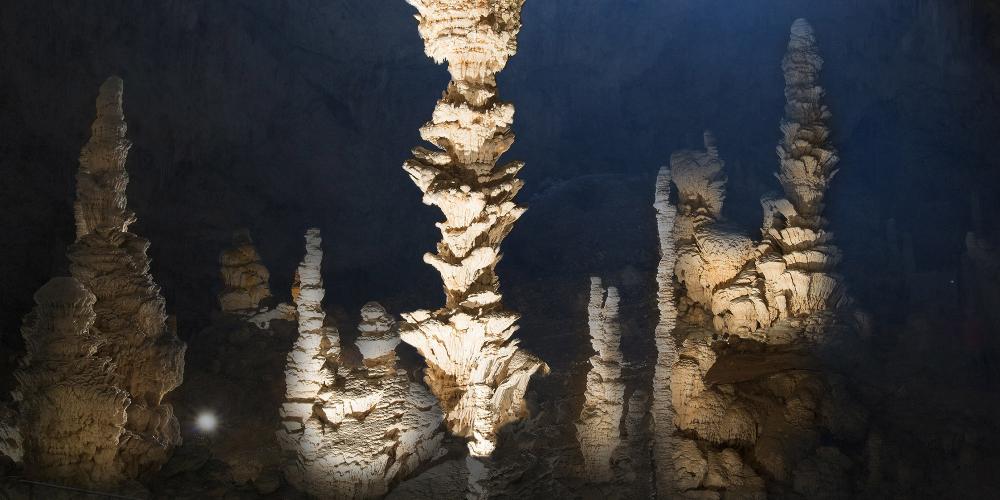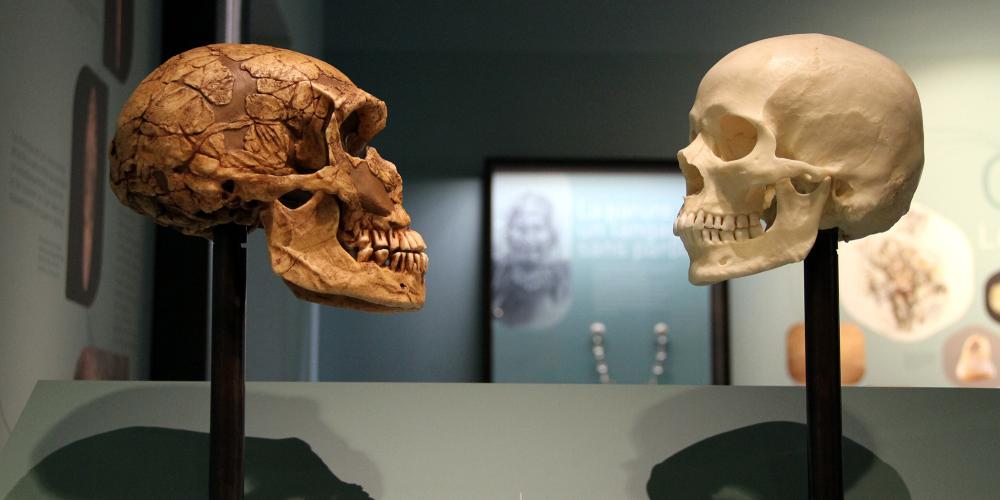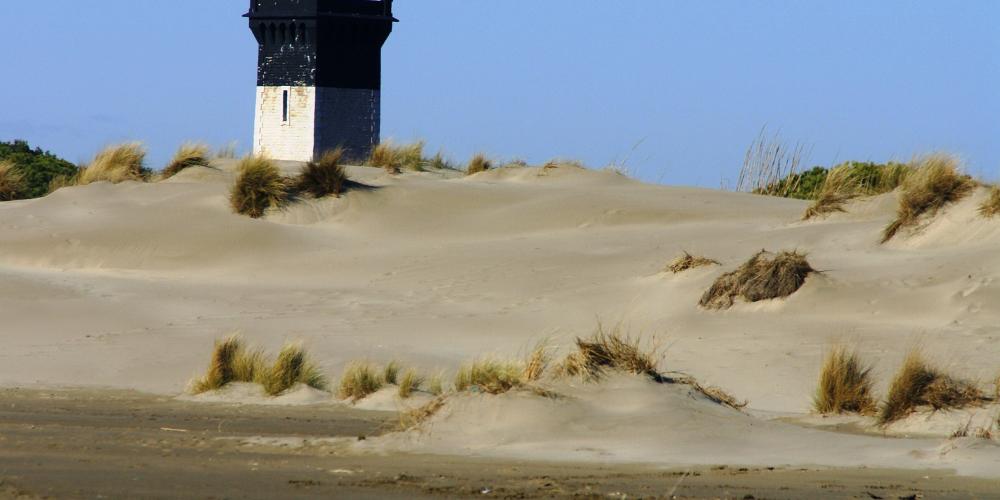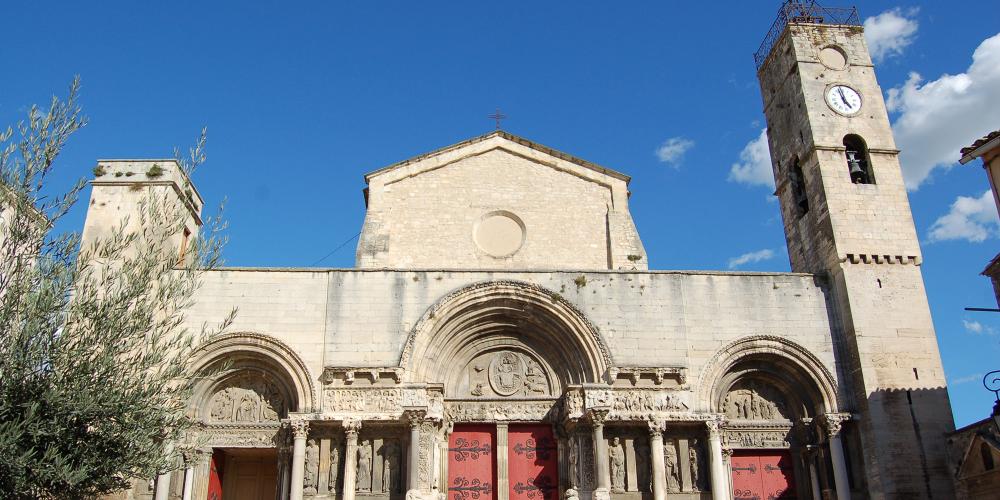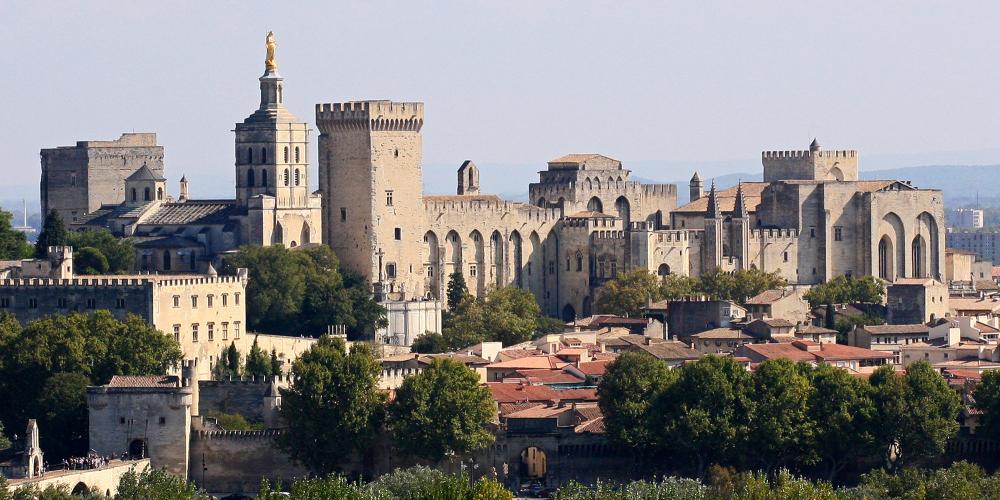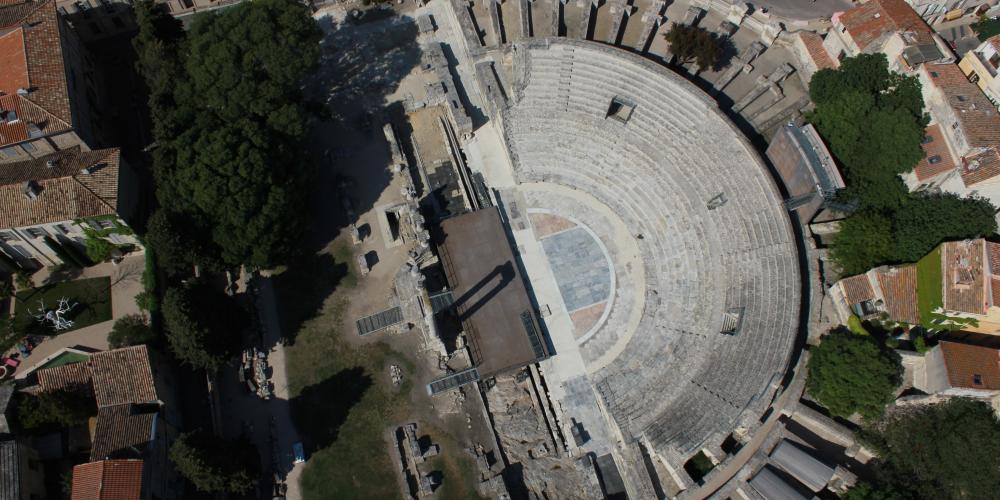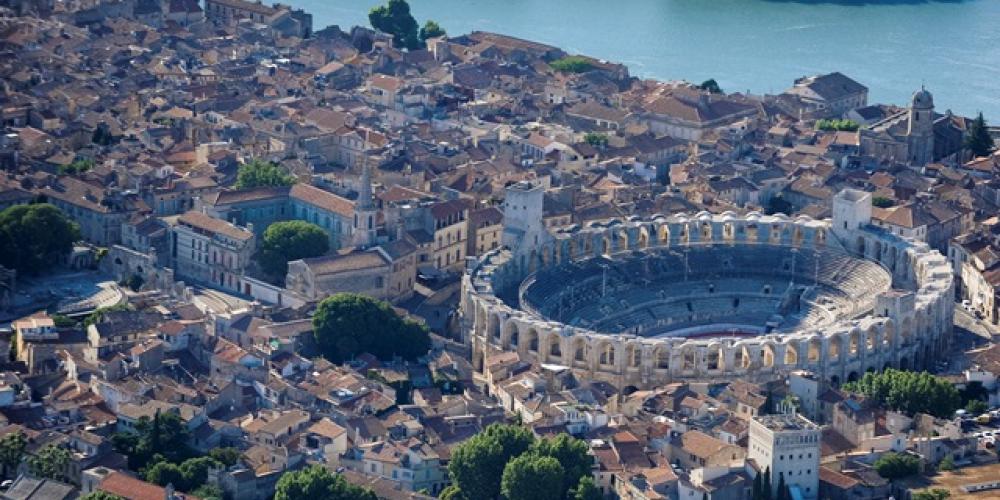Nearby the Pont du Gard, 5 UNESCO World Heritage Sites and 2 "Grands Sites de France"

The Pont du Gard, located in the Gard Department, is a traditional region with a wealth of natural and geographic features.
**Camargue and Cevennes, "Grands Sites de France." **
To the south is the Camargue, a listed "Grand Site de France." The landscape of this region, located between the Rhône and the sea, comprises areas of exceptional natural beauty, which support traditional activities, such as bull rearing. For the last 5,000 years, its landscapes have been shaped by the variations in sea level, and the meanderings of the Rhône and its sediment deposits, forming lagoons and wetlands, which are home to one of France's largest ornithological reserves.
For more information, click here.
Abbatiale of Saint Gilles, UNESCO Site
In this region, with its rich Medieval history, you'll find the Abbatiale de Saint Gilles (Saint Giles Abbey), a World Heritage listed section of the Santiago de Compostela pilgrimage route. The abbey, which was built in the 12th century, was the 4th most visited pilgrimage site in the Christian world in the Middle Ages, after Rome, Jerusalem and Santiago de Compostela.
Further west is the Cévennes National Park, an area of exceptional natural heritage.
In 1985, this lively region became a UNESCO-listed biosphere reserve in recognition of the special balance between man and nature, fashioned by many generations over many centuries. In 2011, the Mediterranean agro-pastoral cultural landscapes of the Causses and Cévennes, also became a designated UNESCO World Heritage Site. This World Heritage label was bestowed in recognition of the Outstanding Universal Value of the region's century-old farming practices as well as the associated traditions and know-how.
It is also a great place for all outdoor leisure activities: hiking, mountain biking, fishing etc.
For more information, click here.
Prehistoric famous places : Aven d'Orgnac, Great site of France and Pont d'Arc Cavern, Word Heritage
Another natural site worth exploring is the Aven D'Orgnac, approximately 45 minutes from the Pont du Gard. The history of this remarkable site - a listed Grand Site de France - dates back to the formation of the limestone rock, continuing up to its discovery in 1943; and, of course, it's thanks to this discovery that we are, today, able to visit and admire these vast, underground chambers. You can also visit the Cité de la Préhistoire museum which documents the site's human history, from the cutting and carving of flintsome 350,000 years ago. Not far from Aven d'Orgnac, fans of the prehistoric era, can also visit the Caverne du Pont d’Arc (Pont d'Arc Cavern), a reconstruction of the grotte Chauvet (Chauvet cave), which was discovered in 1994 and designated a World Heritage Site in 2014. With nearly one thousand paintings and engravings, including 447 depictions of animals, dating back some 36,000 years, this underground chamber, located in the Ardèche, is one of the oldest "art galleries" in the world. Its discovery was a global event which revolutionised the way we look at parietal art. This decorated, Ardèche cave, differs from other chambers not only in terms of its age but also because of the beauty of its paintings and engravings and the remarkable, technical expertise of its artists. Thirty-six thousand years later, scientists, engineers and artists achieved a unique feat. They reconstructed the original cave, creating the Caverne du Pont d’Arc, thus providing visitors with an opportunity to experience the same thrill and sense of wonder felt by those who discovered the cave twenty years ago.
For more information about Pont d'Arc Cavern, click here.
For more information about Aven d'Orgnac, click here.
Arles, antic city, World Heritage
The Pont du Gard is also located near several other World Heritage Sites. A little further south, is the city of Arles which, after Rome, has the largest number of Roman monuments. The city is known throughout the world for its rich, ancient heritage, with numerous UNESCO World Heritage monuments, listed in 1981, including the Roman amphitheatre (arena), the ancient theatre, the Crypotoporticus, the Thermes de Constantin (public baths), the remains of the Roman circus, Saint-Trophime cloister and portal, and the Alyscamps necropolis.
For more information, click here.
Avignon, Middle Ages city, World Heritage
A little further North is Avignon. The city, which was the capital of the Christian world in the Middle Ages, has retained some exceptional architecture, from this period, many of which are UNESCO World Heritage Sites: the Palais des Papes (Papal Palace), Pont d'Avignon (Avignon Bridge) the place du palais with the baroque style Hôtel des monnaies, the musée du Petit Palais museum, Avignon cathedral and the city walls that run from the jardin des Doms to the bridge.
The Pont du Gard is an ideal stop-off point for a rich and culturally varied break. Within a 100 kilometre radius, you'll find no fewer than 5 UNESCO World Heritage Sites and 2 other "Grand Site de France" sites.
Whether you love nature and beautiful landscapes or you're a fan of history - from the Paleolithic Age, Classical Antiquity or Middle Ages - there are a multitude of exceptional sites for you to visit, ensuring you enjoy a truly unforgettable trip.
For more information, click here.
